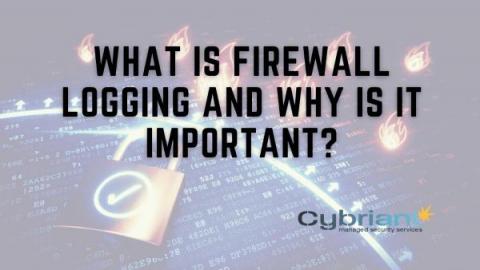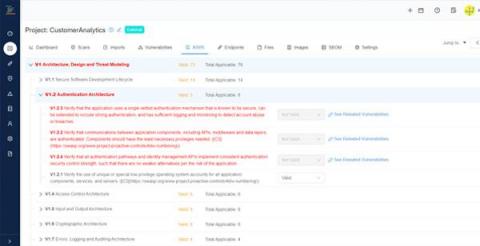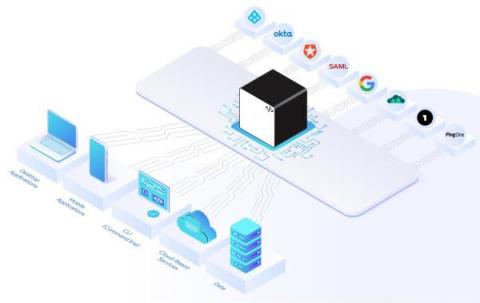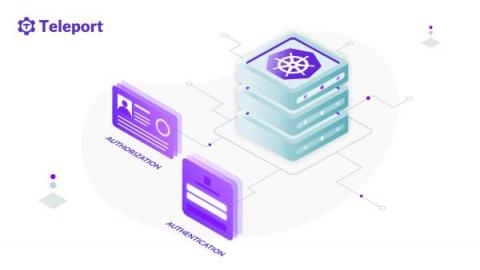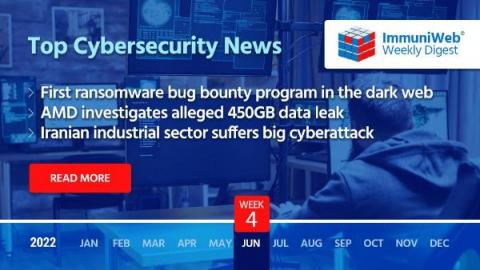How CrowdStrike's Machine Learning Model Automation Uses the Cloud to Maximize Detection Efficacy
At CrowdStrike, we combine cloud scale with machine learning expertise to improve the efficacy of our machine learning models. One method for achieving that involves scanning massive numbers of files that we may not even have in our sample collections before we release our machine learning models. This prerelease scan allows us to maximize the efficacy of our machine learning models while minimizing negative impact of new or updated model releases.




